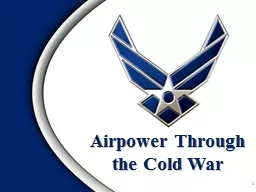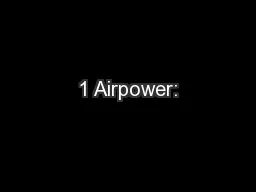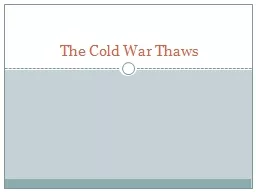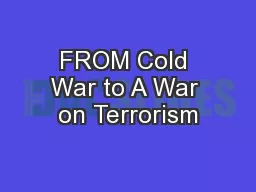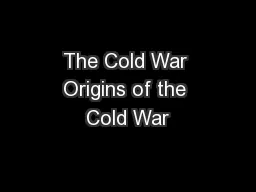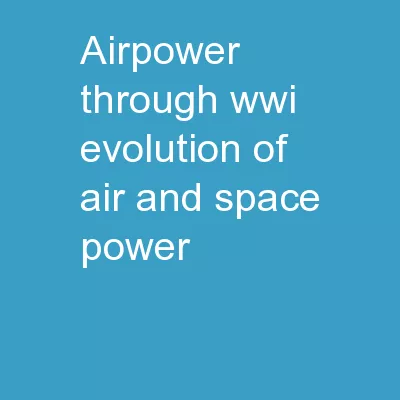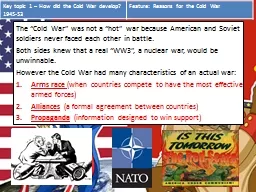PPT-1 Airpower Through the Cold War
Author : kittie-lecroy | Published Date : 2017-07-21
National Security Act of 1947 Berlin Airlift Curtis LeMay Korean Conflict Cuban Missile Crisis Overview 2 Established the framework for the future Department of
Presentation Embed Code
Download Presentation
Download Presentation The PPT/PDF document "1 Airpower Through the Cold War" is the property of its rightful owner. Permission is granted to download and print the materials on this website for personal, non-commercial use only, and to display it on your personal computer provided you do not modify the materials and that you retain all copyright notices contained in the materials. By downloading content from our website, you accept the terms of this agreement.
1 Airpower Through the Cold War: Transcript
Download Rules Of Document
"1 Airpower Through the Cold War"The content belongs to its owner. You may download and print it for personal use, without modification, and keep all copyright notices. By downloading, you agree to these terms.
Related Documents

